- Home
- Advanced Treatments
- Wound Care Treatments
- Compression and Collagen Therapy for Wound Healing
Compression and Collagen Therapy for Wound Healing
- Published 11/17/2022
- Last Reviewed 3/7/2024

The wound experts at University Foot & Ankle Institute (UFAI) have a wealth of experience healing various types of wounds of the feet and legs — including diabetic foot ulcers, pressure ulcers, and venous leg ulcers (VLU).
Our podiatrists typically approach these chronic wounds with a combination of two therapies: a bilayered living cellular construct (BLCC) and an acellular fetal bovine collagen dressing (FBCD).
In simple terms, each therapy is a living cellular product, much like a bandage, and the key to each is collagen.
20,902 Total 1st Party Reviews / 4.9 out of 5 Stars
 Second to none!Bob N.
Second to none!Bob N. My experience at the clinic was wonderful. Everybody was super nice and basically on time. Love Dr. Bavarian and also love the ...Lynn B.
My experience at the clinic was wonderful. Everybody was super nice and basically on time. Love Dr. Bavarian and also love the ...Lynn B. Terrific medical practice with superior physicians and surgeons and wonderful, attentive staff. Highly recommend!Kevin A.
Terrific medical practice with superior physicians and surgeons and wonderful, attentive staff. Highly recommend!Kevin A. I fill I got the best service there is thank youJames G.
I fill I got the best service there is thank youJames G. My experience with your practice far exceeded any of my expectations! The staff was always friendly, positive and informative. ...Christy M.
My experience with your practice far exceeded any of my expectations! The staff was always friendly, positive and informative. ...Christy M. Love Dr. Johnson.Emily C.
Love Dr. Johnson.Emily C. I am a new patient and felt very comfortable from the moment I arrived to the end of my visit/appointment.Timothy L.
I am a new patient and felt very comfortable from the moment I arrived to the end of my visit/appointment.Timothy L. They got me back running when no other Dr. could, I can't thank them enough! Everyone in the office is so nice, I highly recomm...Christie C.
They got me back running when no other Dr. could, I can't thank them enough! Everyone in the office is so nice, I highly recomm...Christie C. Yes we read every commentLawrence H.
Yes we read every commentLawrence H. Everyone is office is fantastic. Thank youDavid G.
Everyone is office is fantastic. Thank youDavid G. Speaking with the doctor was a lot of information at once but I know I’ll have other app ointments before my surgery to be able...Linda D.
Speaking with the doctor was a lot of information at once but I know I’ll have other app ointments before my surgery to be able...Linda D. Keep doing such amazing workAngel C.
Keep doing such amazing workAngel C.
-
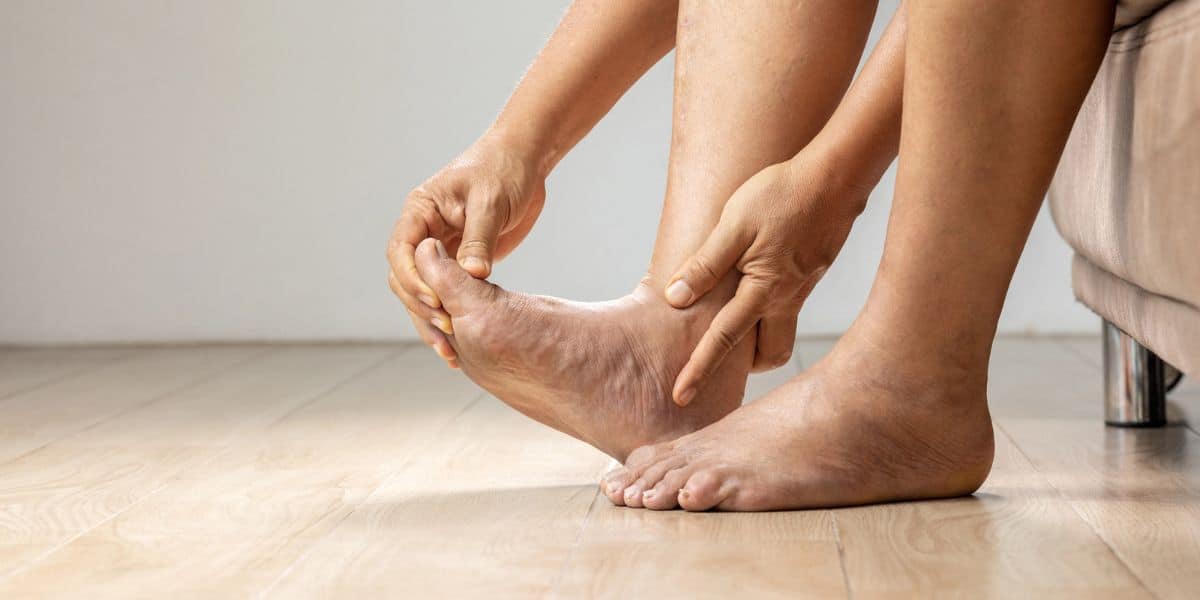 Listen Now
Top 10 Non-Surgical Treatments for Morton's Neuroma
Read More
Listen Now
Top 10 Non-Surgical Treatments for Morton's Neuroma
Read More
-
 Listen Now
Is Bunion Surgery Covered By Insurance?
Read More
Listen Now
Is Bunion Surgery Covered By Insurance?
Read More
-
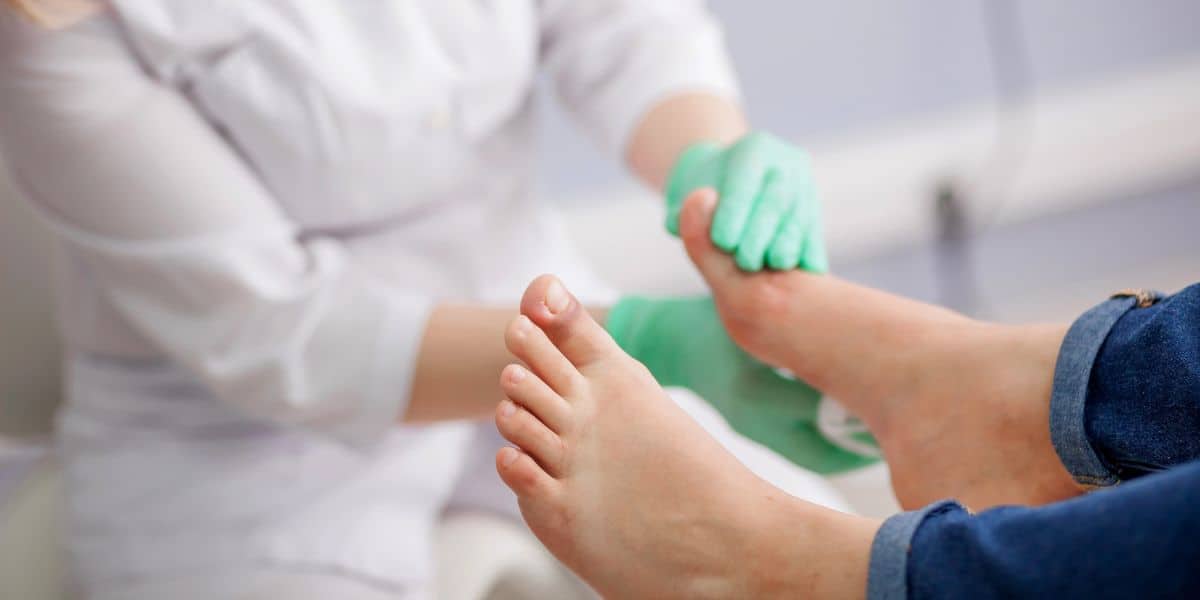 Listen Now
Non-Surgical Treatment for Plantar Fasciitis – What Are Your Options?
Read More
Listen Now
Non-Surgical Treatment for Plantar Fasciitis – What Are Your Options?
Read More
-
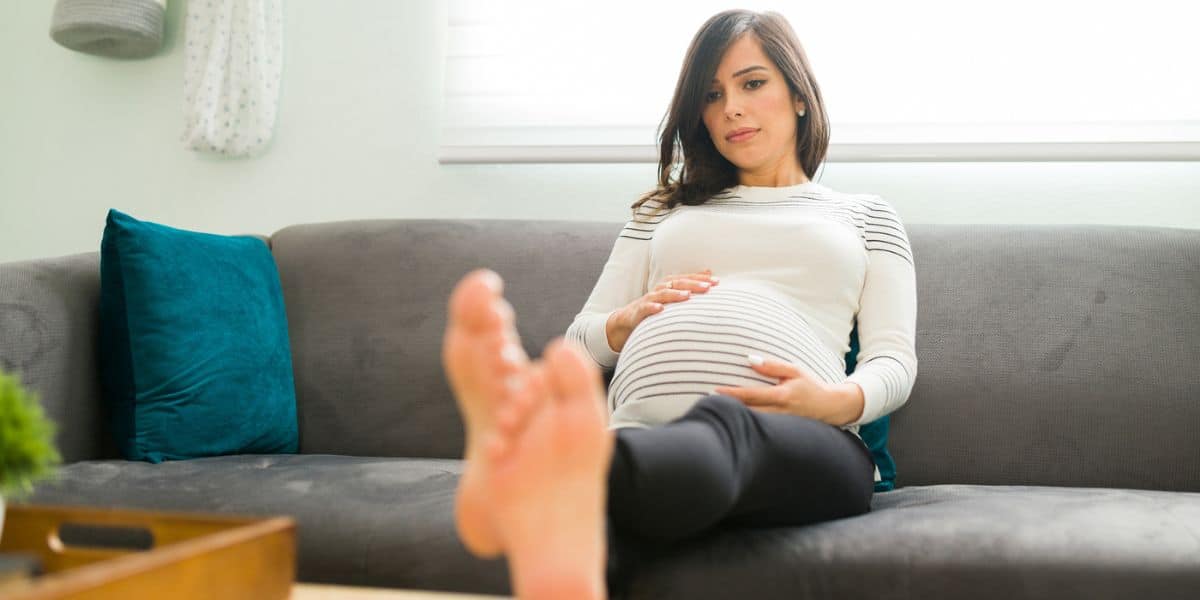 Listen Now
Swollen Feet During Pregnancy
Read More
Listen Now
Swollen Feet During Pregnancy
Read More
-
 Listen Now
15 Summer Foot Care Tips to Put Your Best Feet Forward
Read More
Listen Now
15 Summer Foot Care Tips to Put Your Best Feet Forward
Read More
-
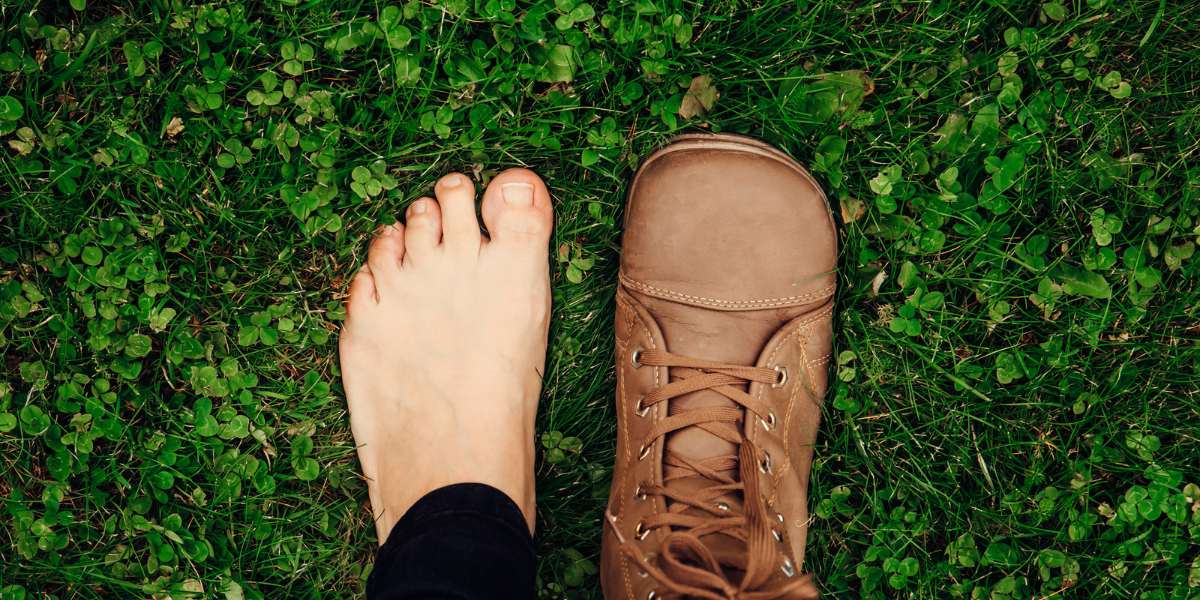 Listen Now
How To Tell If You Have Wide Feet
Read More
Listen Now
How To Tell If You Have Wide Feet
Read More
-
 Listen Now
Bunion Surgery for Seniors: What You Need to Know
Read More
Listen Now
Bunion Surgery for Seniors: What You Need to Know
Read More
-
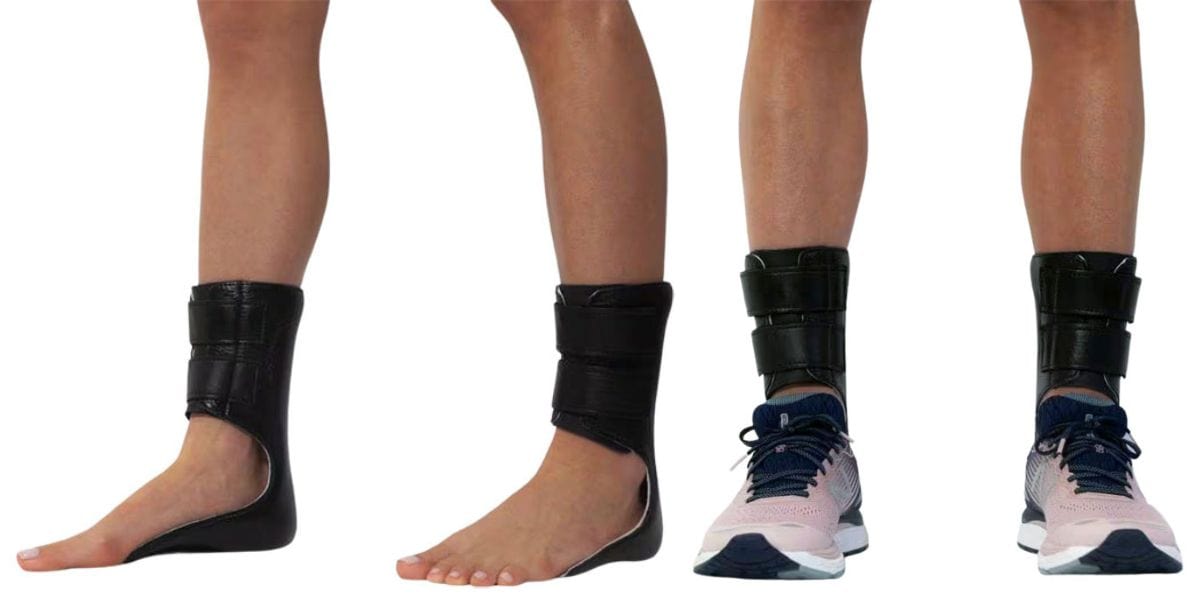 Listen Now
Moore Balance Brace: Enhance Stability and Prevent Falls for Better Mobility
Read More
Listen Now
Moore Balance Brace: Enhance Stability and Prevent Falls for Better Mobility
Read More
-
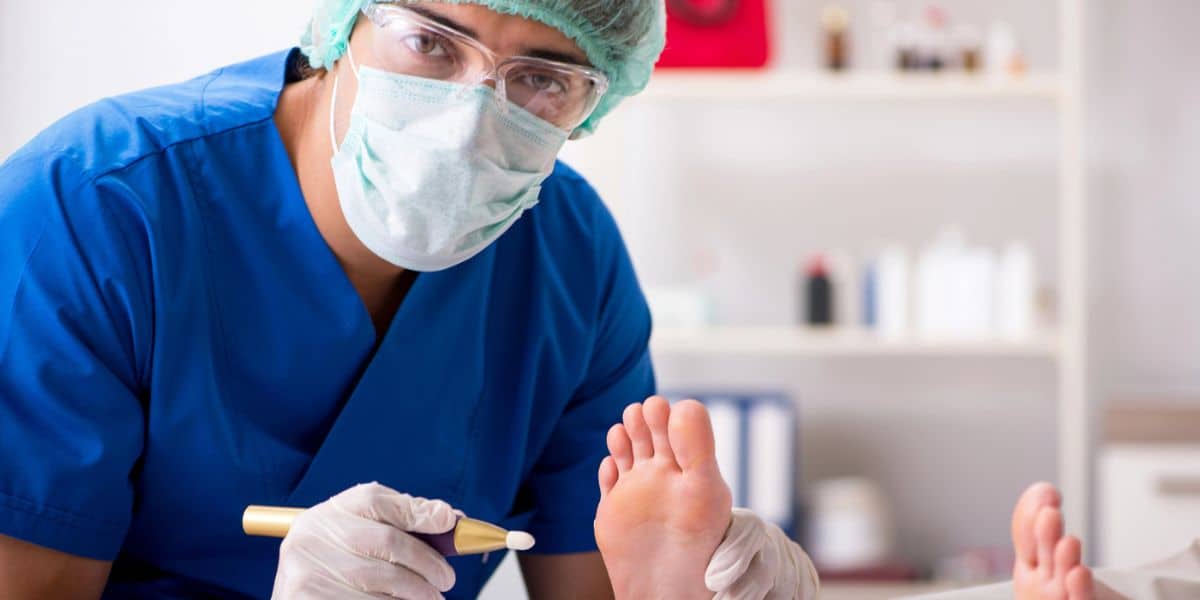 Listen Now
Should I See a Podiatrist or Orthopedist for Foot Pain and Ankle Problems?
Read More
Listen Now
Should I See a Podiatrist or Orthopedist for Foot Pain and Ankle Problems?
Read More
-
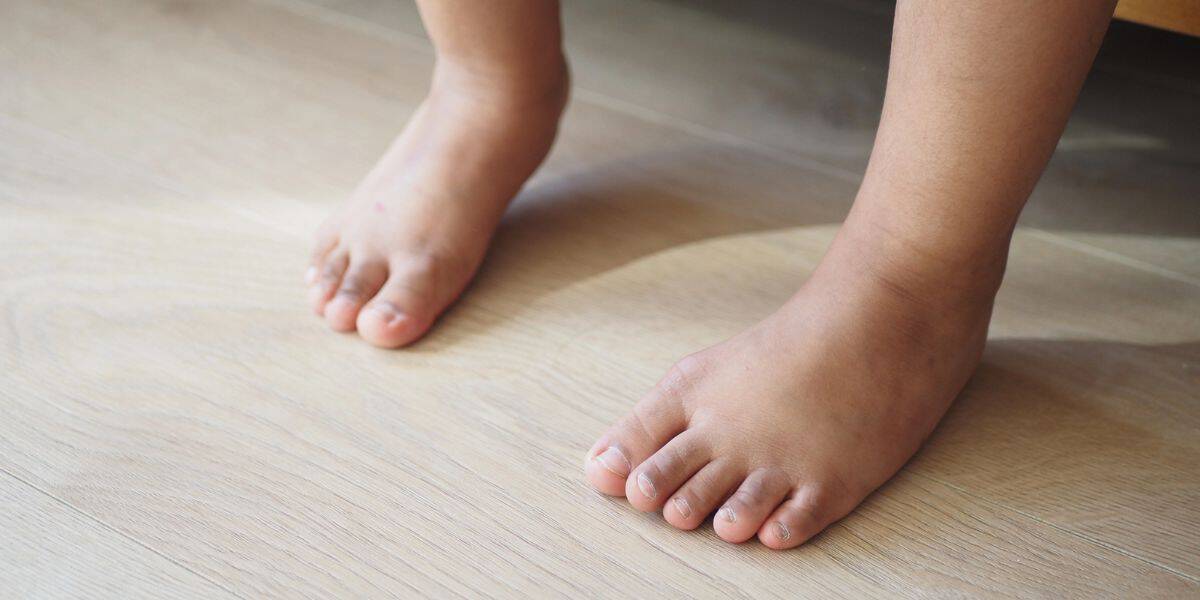 Listen Now
Pediatric Bunion Surgery
Read More
Listen Now
Pediatric Bunion Surgery
Read More
-
 Listen Now
Do Blood Pressure Medicines Cause Foot Pain?
Read More
Listen Now
Do Blood Pressure Medicines Cause Foot Pain?
Read More
-
 Listen Now
Bunion Surgery for Athletes: Can We Make It Less Disruptive?
Read More
Listen Now
Bunion Surgery for Athletes: Can We Make It Less Disruptive?
Read More
-
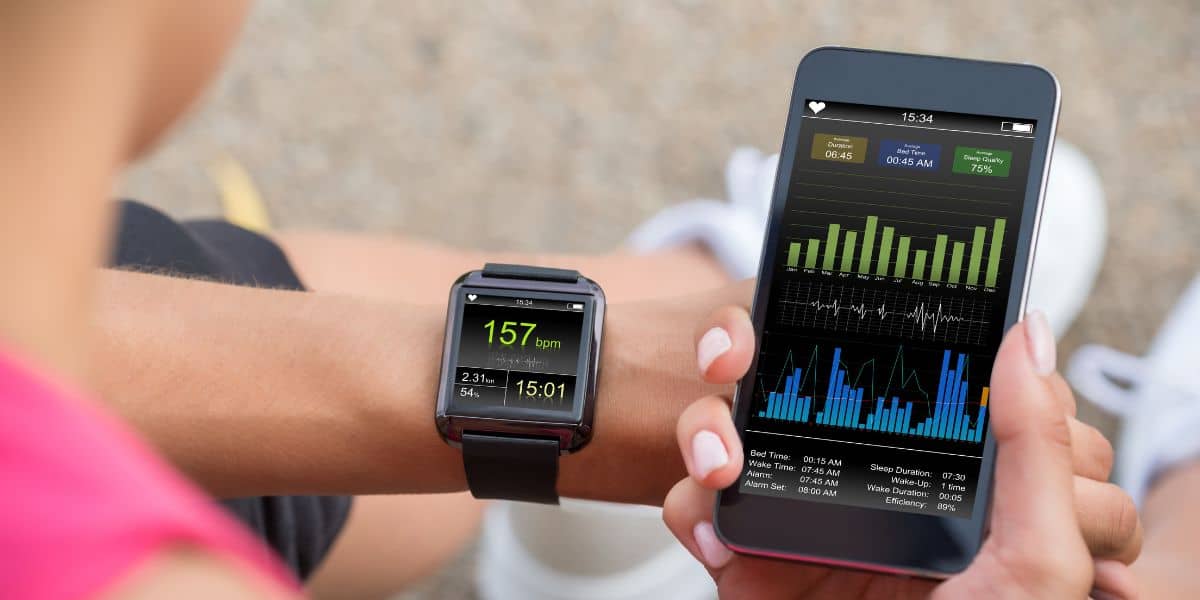 Listen Now
How Many Steps Do I Need A Day?
Read More
Listen Now
How Many Steps Do I Need A Day?
Read More
-
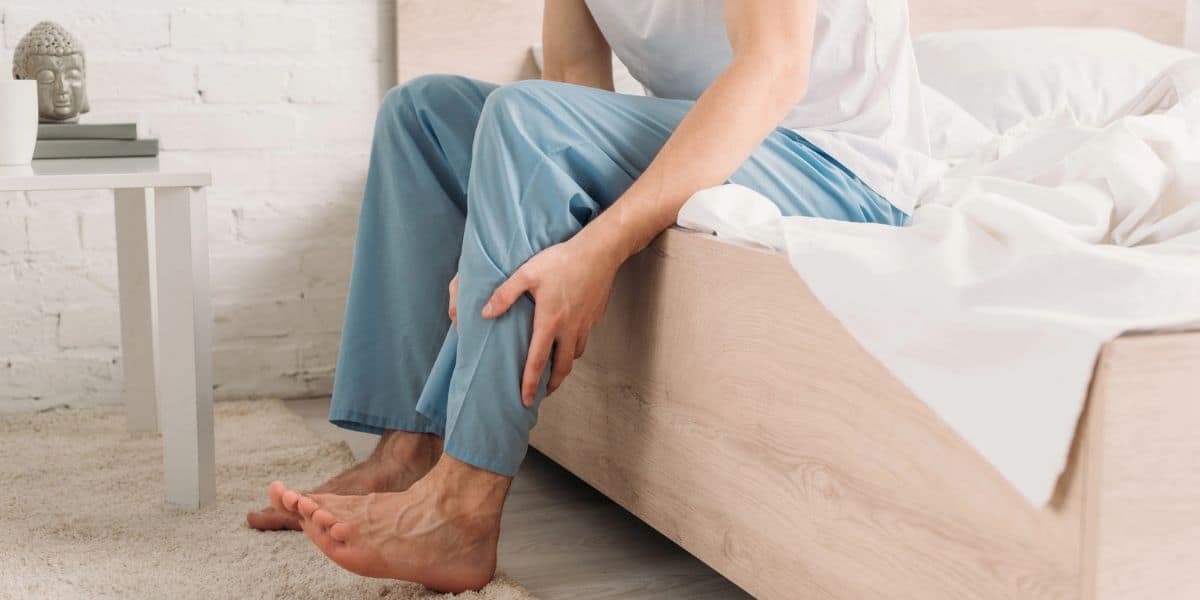 Listen Now
What Are Shin Splints?
Read More
Listen Now
What Are Shin Splints?
Read More
-
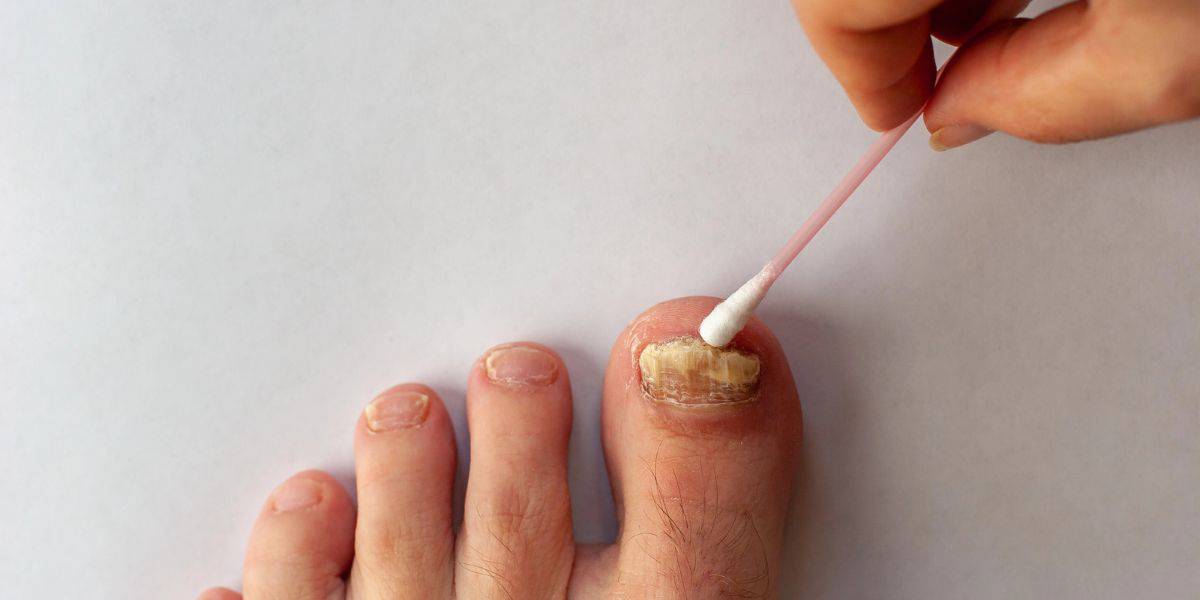 Listen Now
What To Do When Your Toenail Is Falling Off
Read More
Listen Now
What To Do When Your Toenail Is Falling Off
Read More














